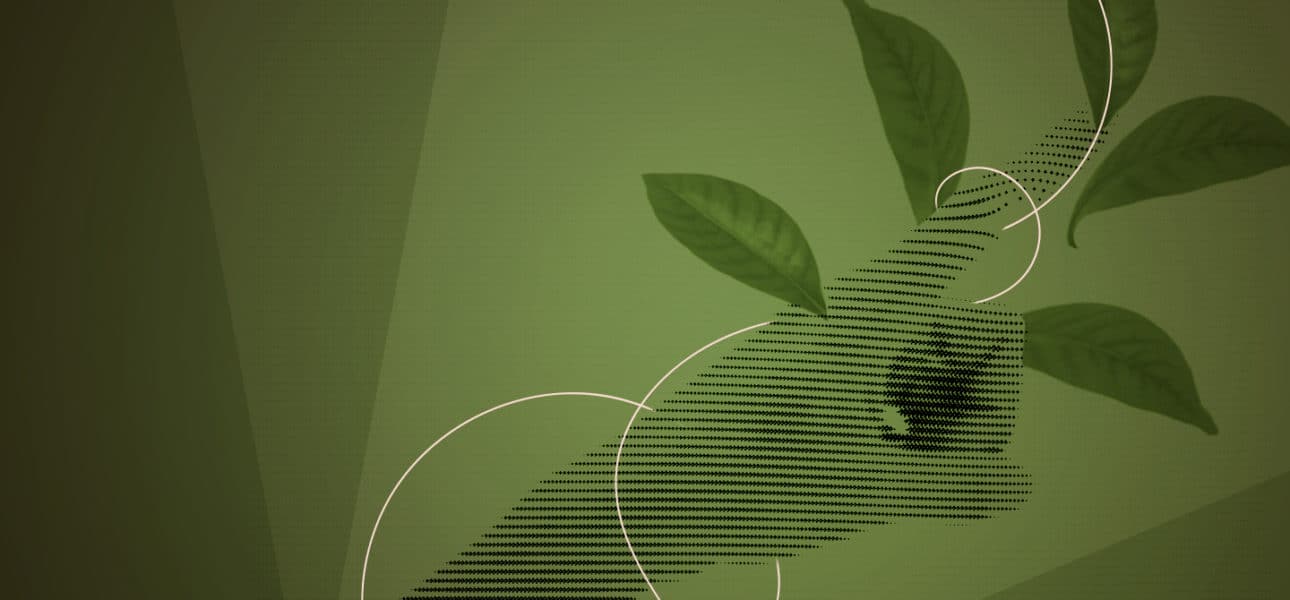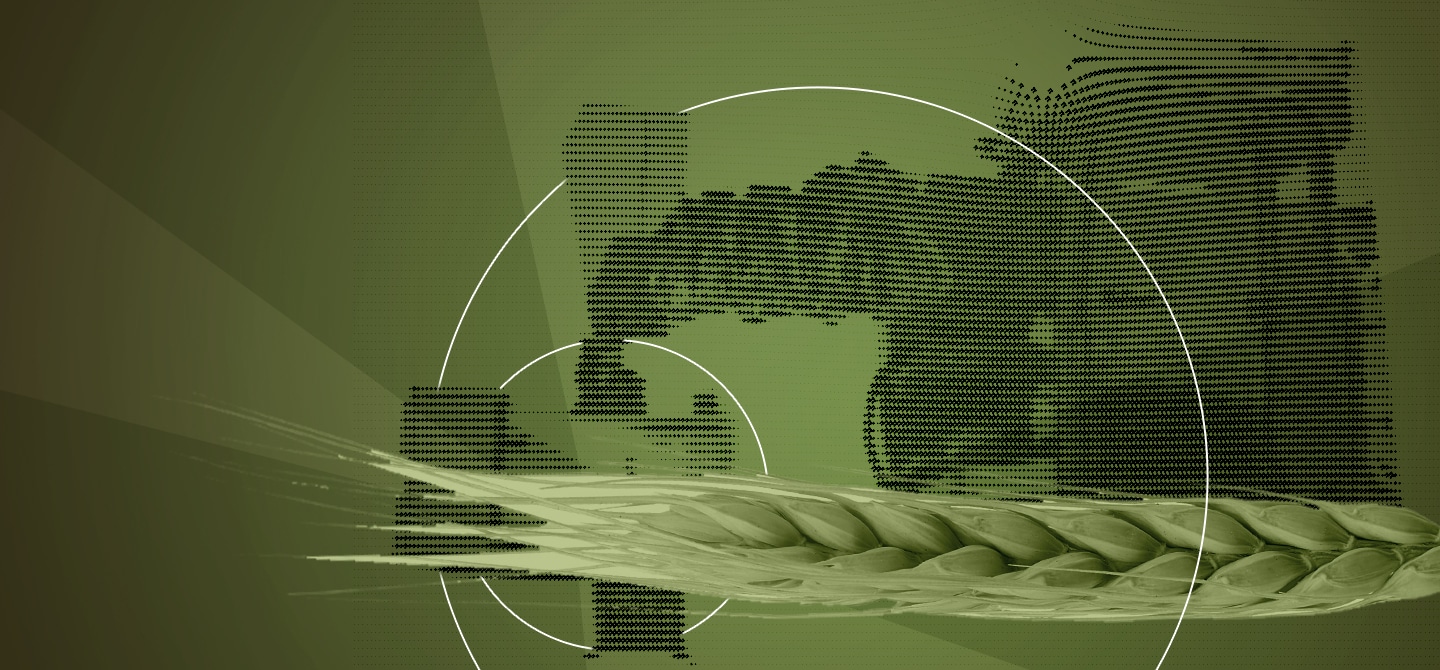In a rapidly changing world, the priority for the agricultural sector is to feed more people. At the same time, the sector is transforming itself by adapting to climate change, or even mitigating it, through a variety of different measures: the reduction of greenhouse gas (GHG) emissions, the storage of carbon in soil and energy production. In France, the implementation of all these measures – promoted by the National Low Carbon Strategy – would lead to a 46% reduction in greenhouse gas emissions linked to agriculture by 20501.
On a global level the “agriculture, forestry and other land use” sector is responsible for 23% of anthropogenic GHG emissions, i.e. 12 GtCO2 equivalent/year2. Most of these emissions are due to either agricultural emissions of methane (CH4) (4 GtCO2 equivalent/year) and nitrous oxide (N2O) from nitrogen fertilisation (2.2 GtCO2 equivalent/year), or to land use changes and deforestation, which release 5.2 Gt of carbon dioxide (CO2) per year.
How can new technologies help the agricultural sector to reduce its GHG emissions?
According to a European Commission report3, precision farming could reduce GHG emissions from European agriculture by 1.5 to 2%. This is mainly based on variable rate application systems, which deliver a dose of fertiliser adapted to the needs of the plants, thus reducing the associated N2O emissions. Other tools that can reduce GHG emissions are self-guidance devices for agricultural machinery, through improved driving that reduces fuel consumption.
Precision farming allows for individualised inputs to a plant or animal according to its needs. It is based on an “observation/diagnosis/prediction/action” cycle that relies on information and communication technologies. Satellite data, increasingly supplemented by on-board sensors, are used to measure plant deficiencies, particularly in field crops. This data is then integrated into agronomic models that provide recommendations for fertiliser applications at variable rates, depending on the position within the plot. Similar decision support tools are also used in livestock farming to avoid overfeeding cattle, limiting manure and thus CH4 emissions.
Are these tools used by producers?
Digital technology suffers from a significant lack of use. In Europe, as little as 22% of farms use variable rate fertiliser application tools. In France, only 10% of cereal farms have adopted them.
Several factors explain this. Firstly, the return on investment is not always clearly evaluated. These technologies and services are costly, and farmers need to know the benefits – whether economic, environmental, or related to perceived usefulness. In the Occitanie region, we have set up the Occitanum Living Lab to test these tools on different farms and evaluate the benefits and costs they entail.
The usefulness of this tool depends on how it is integrated into the working environment. This is why it is important to encourage co-design that brings together manufacturers and farmers to produce tools that are adapted to farmers’ needs. They can thus be simpler to use and adapted to the work carried out in the field. However, there are still a number of obstacles: lack of training in the agricultural sector in general, ideological opposition, questions about data security, etc.
Is technology enough for an ecological transition?
No, technology is not the solution, but it is a part of it. Rather, it is the changes in agricultural practices, which technology will facilitate, that reduce the impact on the environment. Technology accompanies these changes, to help them develop on a larger scale, for example.
What change(s) in farming practices are you thinking of?
I am talking about agroecology. This approach consists of promoting a balance in the system with the help of ecological processes, without chemical inputs, unlike conventional agriculture. For example, monocultures can be replaced by a mixture of species, which reduces the need for inputs.
But agroecology is a more complex farming system. On the one hand, it requires close attention to plant and animal health to anticipate and treat the problem quickly. Technological tools can help to detect problems early: optical sensors for plant health, connected insect traps to detect pests, or animal movement sensors to monitor their health. On the other hand, mixing plant species requires precision sowing, even in the middle of a previous crop. Precision seeders make it easier to do this, while avoiding turning over the soil and releasing CO2 into the atmosphere.
Satellite images, sensors, data… Don’t these tools also have an environmental footprint?
This is a question that the scientific community is beginning to address, but an assessment of their environmental footprint through life cycle analysis has not yet been made. Even so, the GHG savings from digital tools are expected to be much higher than their actual ecological footprint. Nevertheless, we must continue to take measurements in order to get an accurate picture of the environmental benefits.
The central issue is data flow. We are not yet at the stage of big data in agriculture, but the question needs to be asked before the data explodes. We will need to consider the choice of data to be kept, the form of data storage, development of frugal algorithms…
While until now digital technologies have mainly been concerned with economic gains and comfort, which are the main concerns of operators, their contribution to and impact on climate change are now becoming increasingly important.








